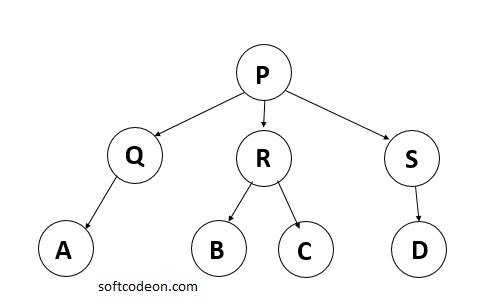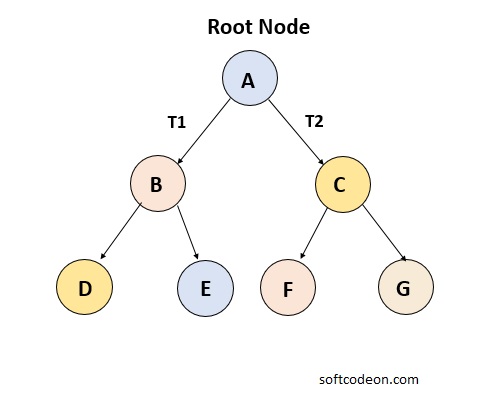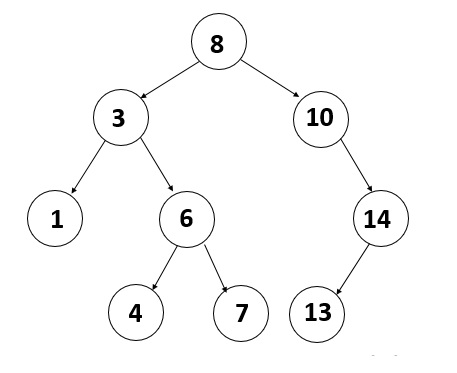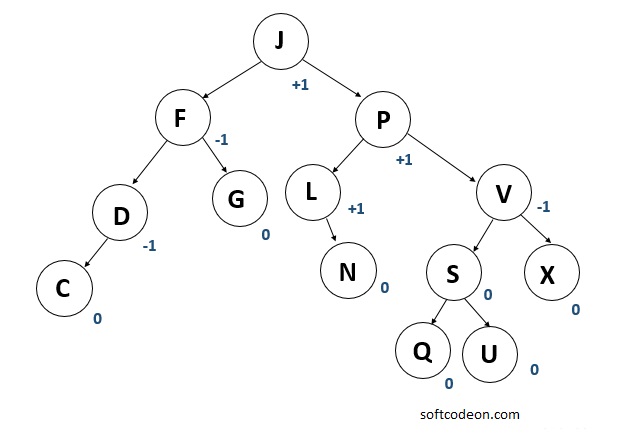Physical Address
304 North Cardinal St.
Dorchester Center, MA 02124
Physical Address
304 North Cardinal St.
Dorchester Center, MA 02124
The Basic Types of Trees in Data Structure. Before knowing the Types of Trees in Data Structure, first, we need to study the trees in Data Structure. As we know a tree in the computer field is also directed as the real-world tree however the disparity between the real world and the computing domain tree is that it is pictured upside down with and root on top of it and a branch from root to tree leaves. Among different real-world applications, the tree data structure is used to display connections between various nodes with the parent-child hierarchy. It is also called a hierarchic data structure because of this.
It is most famous for streamlining and running up searching and sorting. It is considered one of the most powerful and progressive data structures. A tree is an illustration of the non-linear data structure. A tree can be displayed using different user-defined or primitive types of data. We may use arrays, classes connected lists, or other types of data structures to execute the tree. It is a group of corresponding nodes. Nodes are connected to the edges to display the relationship.

Relations in a Tree: In the above-given chart, the P point is the root of the tree also the P is the Parent point of Q, R, and S. Q is the child point of P. Finally, Q, R, and S points are siblings. At the exact same time, P point is the grand-parent of A, B, C, D, and E.
Read Also: What is Heap in Data Structure
Here are some Advantages of Trees:
Below are the 3 basics types of trees in a data structure:
A binary tree is the type of tree in which most two children can be found for each parent node. The children are known as the left child and right child. This is more famous than most other trees. When specific controls and features are applied in a Binary tree, a number of others such as AVL tree, BST (Binary Search Tree), RBT tree, etc. are also used. When we drive ahead, we will illustrate all these styles in detail.

The Binary Search Tree (BST) is a binary tree extension with multiple optional regulations. The left child value of a node should in BST be less than or equal to the parent (node) value, and the right child (node) value should always be greater than or equal to the parent’s value. This Binary Search Tree property creates it perfect for search operations since we can perfectly decide at each node whether the value is in the left or right siblings. This is why the Search Tree is named.

The AVL tree is a binary search tree self-balancing. On behalf of the creators Adelson-Velsky and Evgenii_Landis, the name AVL is given. This was the first tree that offset dynamically. A balancing factor is assigned for each node in the AVL tree, based on whether the tree is offset or not. The height of the node child is at most 1. AVL vine. In the AVL tree, the correct balance factor is 1, 0, and -1.

If the tree has a new node, it will be turned to ensure that it is balanced. It will then be turned. Common operations such as viewing, insertion, and removal take O(log n) time in the AVL tree. It is especially used when working with Lookups processes.
Here in this article, we have seen the different types of trees in a data structure and their benefits. I hope you got an idea of some of the common trees in the structure of the data.